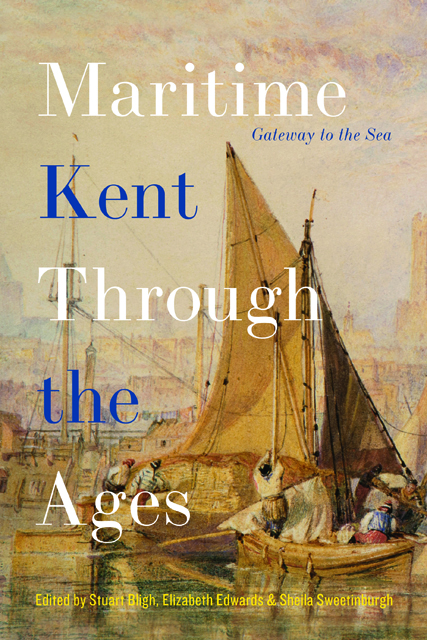14 - Maritime Communities in Seventeenth- and Eighteenth-Century Kent
Published online by Cambridge University Press: 20 December 2023
Summary
As Daniel Defoe made his way through Kent in the 1720s he commented on the contrast between inland Kent around Maidstone, what he referred to as ‘This neighbourhood of persons of figure and quality … full of gentry, of mirth and of good company’, and the altogether less elevated inhabitants of the coastal communities, in his opinion ‘embarrassed with business and inhabited chiefly by men of business, such as shipbuilders, fishermen, seafaring-men and husband-men, or such as depend on them and very few families of note’. Although this comment, dismissive of the trading, farming and seafaring activities that occupied and sustained the inhabitants of the maritime communities, speaks volumes about Defoe’s social attitudes, it does also suggest that the towns and villages on the Kent coast had a distinct identity during the seventeenth and eighteenth centuries.
What is intrinsic to Defoe’s definition of those who lived on the coast is that they were all to a greater or lesser extent reliant on their maritime location for their continuing prosperity. The sea provided the raw materials for the fishing trade and it made the transport of fish and farmed produce to the markets of London a realistic prospect. Trade with and the passage of people to and from Europe was also an important element of life in these maritime communities. The north Kent coast was also strategically important, encouraging the growth of shipbuilding in the Medway towns, Deptford and Woolwich. This industry, established in the reign of Henry VIII, saw rapid change and growth in the seventeenth and eighteenth centuries.
The distinct identity of Kent’s maritime communities is also related to the physical environment in which people lived. The parishes on the banks of the Thames and the north Kent coast shared a common environment. The land on which they sat was, at the extremes, marshland bounded by the northern foothills of the chalk downs that run across the county from west to east establishing a clear physical boundary between the north and south of the county. Each of these geological features offered different opportunities. The coastline gave access to the sea for fishing and trade, particularly trade with London.
- Type
- Chapter
- Information
- Maritime Kent through the AgesGateway to the Sea, pp. 325 - 344Publisher: Boydell & BrewerPrint publication year: 2021

